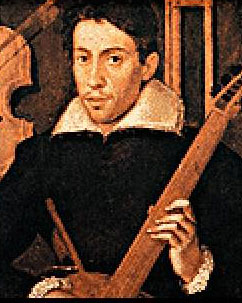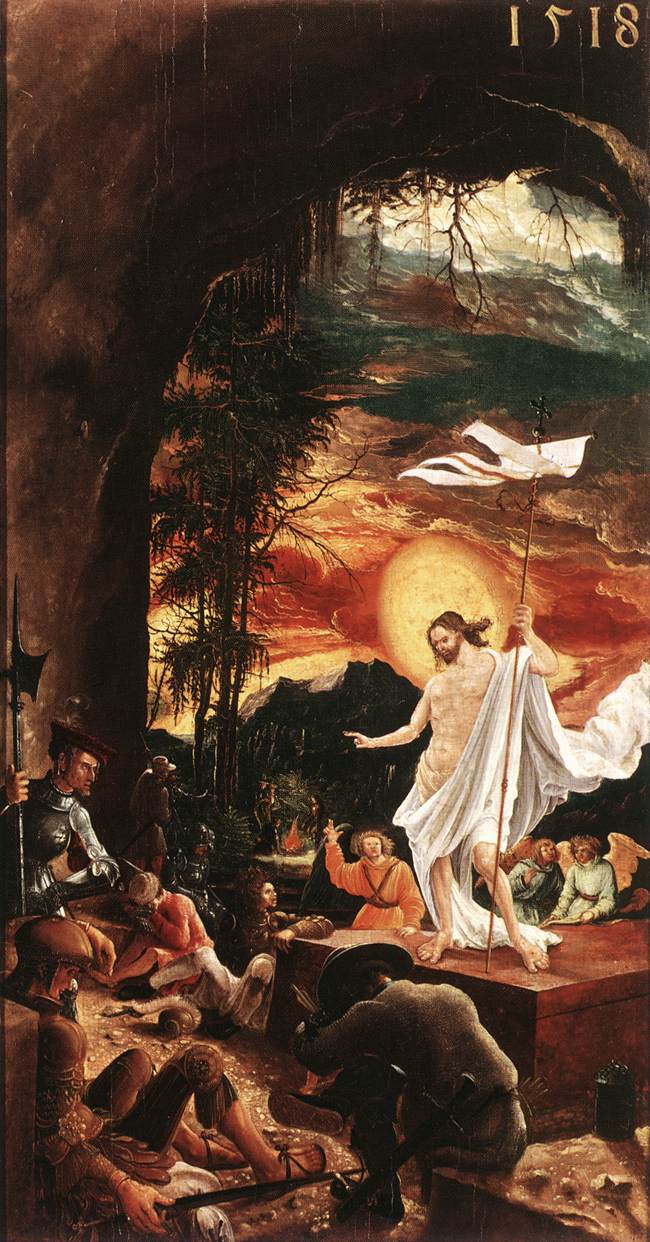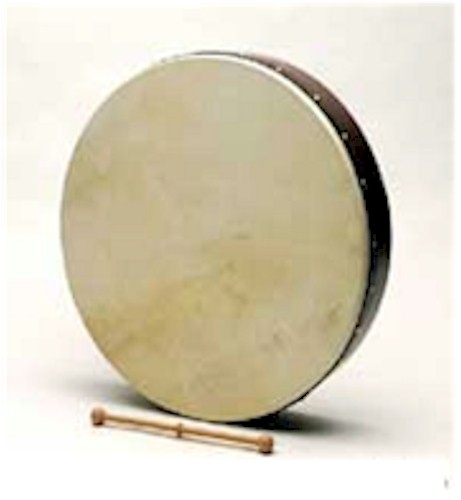 Two types of orchestral music he created was the basso continuo and early forms of instrumental opera. The bass continuio was a type of music that had a bass line accompaniment with a harpsichord as the main line. Early opera music consisted of combining poetry, music, and stage visuals.
Two types of orchestral music he created was the basso continuo and early forms of instrumental opera. The bass continuio was a type of music that had a bass line accompaniment with a harpsichord as the main line. Early opera music consisted of combining poetry, music, and stage visuals.The instruments used in the Baroque orchestra were flutes, violins, and other woodwinds. Other instruments included the theorbo and the harpsichord. The theorbo is a plucked string instrument. It has a long necked lutes and is typically a bass instrument.
Other types of music in the baroque period were fugues, cantatas, overtures, oratorios, and suites. Fugues were philharmonic pieces with a certain number
 of voices that is related to the others voices by tonal and harmonic lines. The fugue was created by JS Bach. Cantatas are vocal compositions with accompaniment with several movements. Overtures are instrumental introductions to dramas, choral pieces, or instrumental compositions. The overture wasn't developed until the late 1700's. Oratorios were musical compositions that included an orchestra, a choir, and soloists. Perhaps the most famous oratorio is George Handel's Messiah. Suites are ordered sets of instrumental or orchestral pieces that are extracts from bigger compositions.
of voices that is related to the others voices by tonal and harmonic lines. The fugue was created by JS Bach. Cantatas are vocal compositions with accompaniment with several movements. Overtures are instrumental introductions to dramas, choral pieces, or instrumental compositions. The overture wasn't developed until the late 1700's. Oratorios were musical compositions that included an orchestra, a choir, and soloists. Perhaps the most famous oratorio is George Handel's Messiah. Suites are ordered sets of instrumental or orchestral pieces that are extracts from bigger compositions.Many instruments were created during the baroque period. The organ, which was used in mostly church services. Woodwinds included the flute, the oboe, the recorder, the bassoon, and the contra bassoon.
 Brass included the trumpet, the sackbut(close to a modern trombone), the trombone, and the horn. The woodwinds were mostly used for orchestras while the brass was mostly used for town bands. String instruments included the lute, the violin, the viola, the viol, the violoncello, the contrabass, and the harp. These instruments were used primarily in the orchestra. All of the these instruments were great developments in the Baroque period.
Brass included the trumpet, the sackbut(close to a modern trombone), the trombone, and the horn. The woodwinds were mostly used for orchestras while the brass was mostly used for town bands. String instruments included the lute, the violin, the viola, the viol, the violoncello, the contrabass, and the harp. These instruments were used primarily in the orchestra. All of the these instruments were great developments in the Baroque period.Music and art related in this time period. Music was developing into a way of expressing emotions through music and acting. Art was developing into paintings that express human emotion as well.
The Baroque period was full of musical developments and advances. The music from this time era was experimenting with many new instruments and method. The composers of the time made amazing compositions and created methods that we still use today. This period is the basis of today's modern music.












